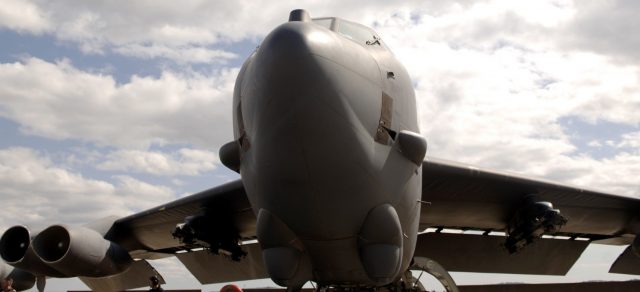
US Air Force B-52 Stratofortress bombers are returning to Fairchild Air Force Base after an absence of 12 years.
The 92d Air Refueling Wing Public Affairs said four Barksdale AFB-based B-52H would land at Fairchild AFB for Agile Combat Employment (ACE) maneuvers between August 16 and 19.
The arrival will mark the break of a 12-year hiatus in B-52 operations at the base, which had been home to about 45 of the bombers since the 1950s.
Fairchild was also the place of a 1994 B-52 crash that claimed the lives of four airmen. The cause of the crash has been attributed to Lieutenant Colonel Arthur “Bud” Holland and his rogue behavior, leading the air force to use the incident as a case study in teaching crew resource management.
On July 1, 1994, the 92d Bomb Wing was re-designated the 92d Air Refueling Wing (ARW), and Fairchild AFB was transferred from ACC to Air Mobility Command (AMC) in a ceremony marking the creation of the largest air refueling wing with five active duty air refueling squadrons totaling with over 60 KC-135s assigned. Dubbed as the new “tanker hub of the Northwest,” the wing was capable of maintaining an air bridge across the nation and the world in support of US and allied forces.
The ACE drills the B-52H bombers will take part in are part of service-wide maneuvers designed to practice the art of complicating the enemy’s targeting process, creating political and operational dilemmas for the enemy, and creating flexibility for friendly forces.
According to the definition, ACE is an operational concept that supports joint all-domain operations (JADO). Joint force operations are increasingly interconnected, interdependent, and challenged. Anti-access and area denial threats, reduced freedom of maneuver, and rapid proliferation of advanced technologies challenge the Air Force’s ability to operate. The successful employment of ACE positions the force to observe, orient, decide, and act in concert across all domains. To achieve freedom of action, ACE enables convergence across domains, presenting an adversary with dilemmas at an operational tempo that complicates or negates adversary responses and enables the joint force to operate inside the adversary’s decision-making cycle.


























